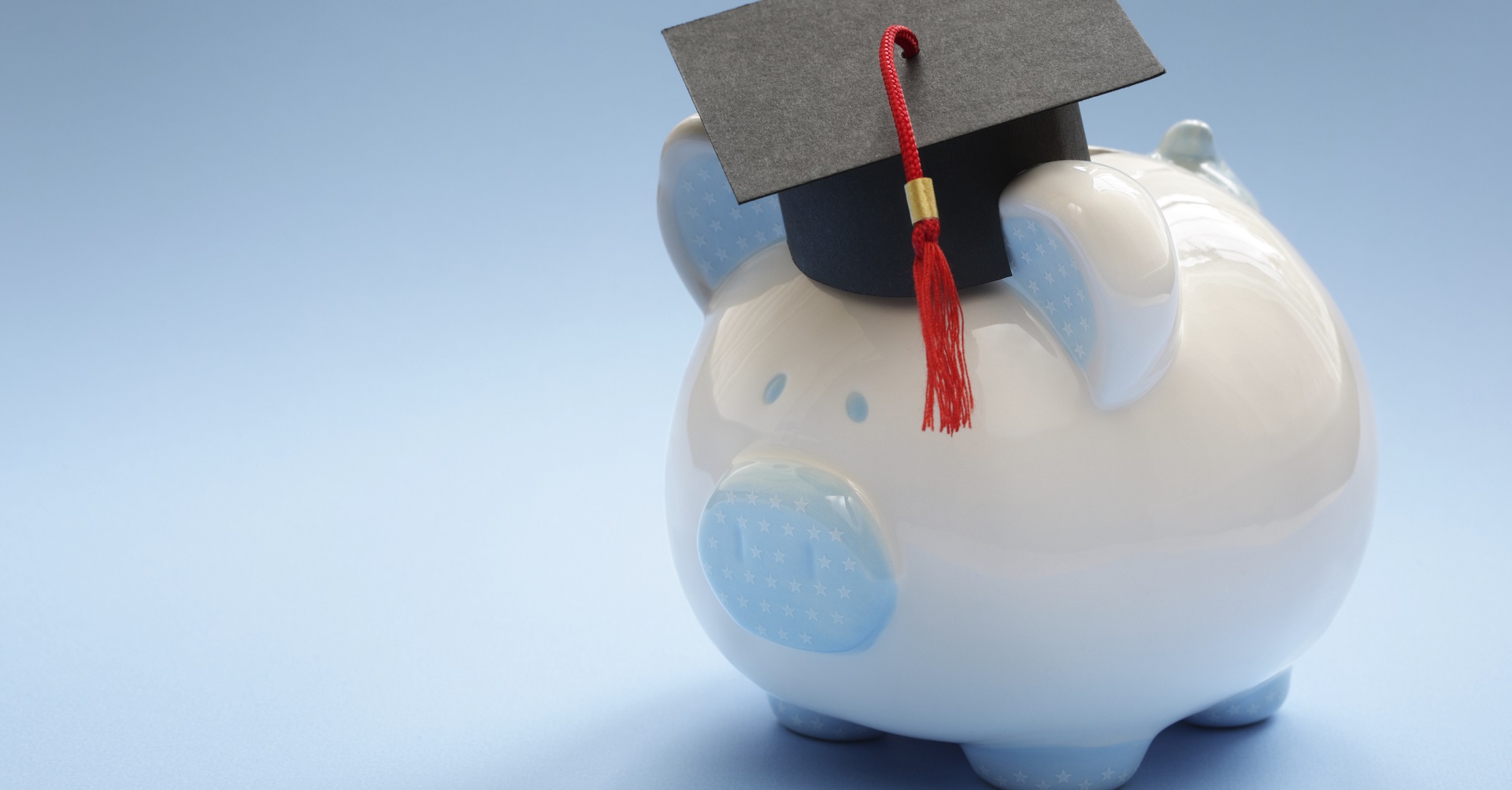With the current uncertainty around the tertiary education system in South Africa, parents are understandably concerned about their children’s futures. While the long-term implications of the #feesmustfall movement remain to be seen, one thing is still certain: it’s a good idea to save up for your children’s future education.
While saving is a relatively straightforward activity, saving for education is fraught with complications. How much will university cost when my child is ready to study? How much should I save each month? What products should I invest in to ensure the best growth but still keep my capital secure? We spoke to Sean Fahy, an investment advisor at FPM Wealth and Risk Management.
Taking the variables into account Cost. The first thing that parents need to do when they are trying to establish their savings goals is work out the current costs of education. Parent24 made this easy for us by researching the costs of various degrees at different tertiary institutions in 2016. For the purposes of our calculations, we looked at the cost of the first year of a BEng at the University of the Witwatersrand – R40 170 (other examples of degrees’ costs included the first year of a BA at UCT for R46 000 or a BScIT at UKZN for R34 940). For the purposes of this exercise, we worked only with the cost of local university tuition and didn’t cover residence fees or the possibility of international study.
Inflation. Then it is necessary to estimate the rate of inflation over a number of years. “Education inflation outstrips the standard rate of inflation significantly, so to be sure that we didn’t fall short, we kept the annual rate at 9% - bearing in mind that the same increase will apply in the student’s second and third years at university,” says Sean.
Because it is vital to beat inflation, it becomes necessary to take on some investment risk.
Return on investment. The next variable is the rate of return that the parents can hope to achieve on their education investment. “Because it is vital to beat inflation, it becomes necessary to take on some investment risk. If you start saving early for your child’s education, you can ride out market volatility, which means you can expect better returns in the long term,” says Sean. “For the purposes of this calculation, we projected the investment return at 11.67%, by investing in an equity-heavy fund, because exposure to equities is likely to deliver the greatest return.”
Investment term. The final point to consider is how long the investment term will be. This obviously tallies directly with the child’s age, as in most cases a student will start university after they finish school, in the year that they turn 19. In this calculation we have run two scenarios – one for a parent who starts to invest as soon as their child is born, and another for a parent who starts to invest when their child is nine years old, effectively cutting the investment term in half.
What the calculations revealed The calculations revealed that nine years from now, a three-year engineering degree could potentially cost R200 000, and that 19 years from now, the same three-year degree could cost R375 000.
With 18 years until the start of university: the parents would need to put away R502.85 each month, with your contribution escalating annually at 5.5%, and continuing to invest that for the 21 years until the child has completed their studies.
With 9 years to until the start of university: the parents would need to put away R881.21 escalating annually at 5.5% and continuing to invest for the 12 years until the child has completed their studies. Remember that although these parents have less time to save, they are aiming for a lower total cost of the degree because there will have been less time for education inflation to take effect.
“As you can see, it is clear that getting an early start makes all the difference to the amount that you will have to put away, as having the compound interest work for you over the years vastly reduces the monthly investment required to reach your goal,” says Sean. “The parent with nine years to save has to invest almost double the money each month to reach a lesser goal in half the time because they have lost out on nine years of compound growth.”
Get your investment started Of course, these are two calculations with a very specific set of variables. While they should give you an idea of some of the things you should be considering when saving for your children’s tertiary education, each case is different, and it’s best to consult with a financial advisor to establish your own term, risk appetite and goals. Once your investment has been established, t is also advisable to review the assumptions, inflation and achieved versus assumed returns regularly so that you can make any necessary adjustments in good time.
“And of course, there’s no harm in saving more than you think you might need, because you never know what the future may hold,” says Sean. “The earlier you start, the more you can save, so make investing in your children’s education a priority as early as possible.”




